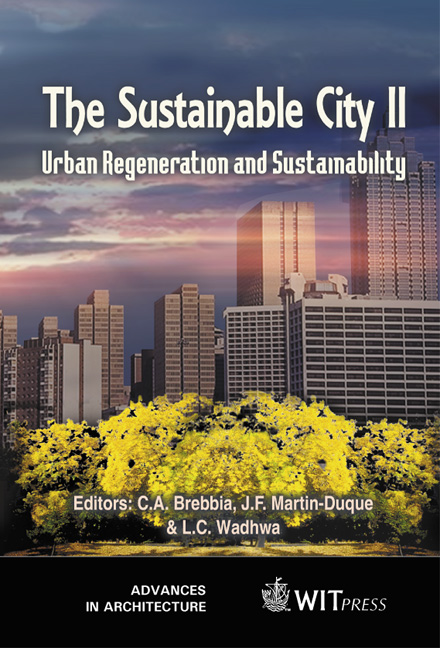Peri-urban Areas Of South African Cities: Innovative Technologies For Sustainability
Price
Free (open access)
Transaction
Volume
54
Pages
Published
2002
Size
947 kb
Paper DOI
10.2495/URS020151
Copyright
WIT Press
Author(s)
E V Macagnano
Abstract
South African major cities have undergone, in recent times, major changes in parallel with the political turmoil of the last decade. New socio-economic policies have indirectly caused massive migrations from the countryside and peripheral townships towards the urban areas, of people in search of a better life. Job seekers and informal traders have consequently flooded Central Business Districts and traditional formal businesses have moved out to Mid-Town developments. Residential areas close to city centers have been abandoned by previous residents and re-occupied by large numbers of legal and illegal new immigrants. Because of lack of available inner-city residential space, peri-urban areas, on the outskirt of SA cities, have been populated by informal settlements, accommodating a multi-cultural population, living in sub-standard conditions. This paper describes the social, economic and political factors, which have determined such rapid changes in the last decades. New community empowerment and sustainability strategies adopted by Metropolitan Authorities are also examined, in line with new Government national guidelines. Among the new strategies adopted, this paper describes the innovative use of digital 3D Visualization and interactive Technologies, already adopted for accelerated planning and capable of bridging gaps in understanding between decision makers and the population affected by proposed urban developments. Introduction At the heart of South Africa’s remarkable recent political transformation was a constitutional settlement expressing a compromise between the major white political party (the National Party) and the major black political party (the African National Congress), with a range of other parties playing important
Keywords





